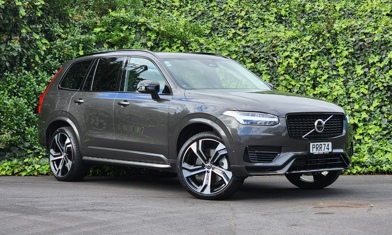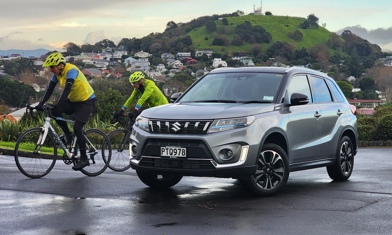We’re never ones to brag, but we’ve had a fair bit of experience with Polestar’s latest, the 4: previews near home base in Auckland, the first-drive programme in Spain and then road-test time on local roads.

POLESTAR 4 LONG-RANGE SINGLE MOTOR: Battery 100kWh lithium-ion with single electric motor Power: 200kW/343Nm Gearbox: Single-speed, RWD 0-100km/h: 7.1 seconds Range: 620km (WLTP) Price: $124,990.
But there was something missing though a lot of that: the entry-level single-motor rear-drive version. So often, carmakers think they’re putting a new product in the best possible light by restricting media access to the most extravagant version; the drive programme in Spain offered nothing but the crazy-fast 400kW dual motor model, for example.
Now that we’ve spent quality time in the $124,990 single-motor RWD, we feel safe in saying it’s the pick of the lineup. Such a motoring-journalist thing to say, isn’t it? Trust us, the basic one is far better. But hear us out.
That’s despite what looks like a big win for the more expensive version on paper. The dual-motor doubles the power and torque from 200kW/343Nm to 400kW/686Nm (double the motors, simple as that) and it’s nearly twice as quick to 100km/h, yet it costs “just” $10k more.
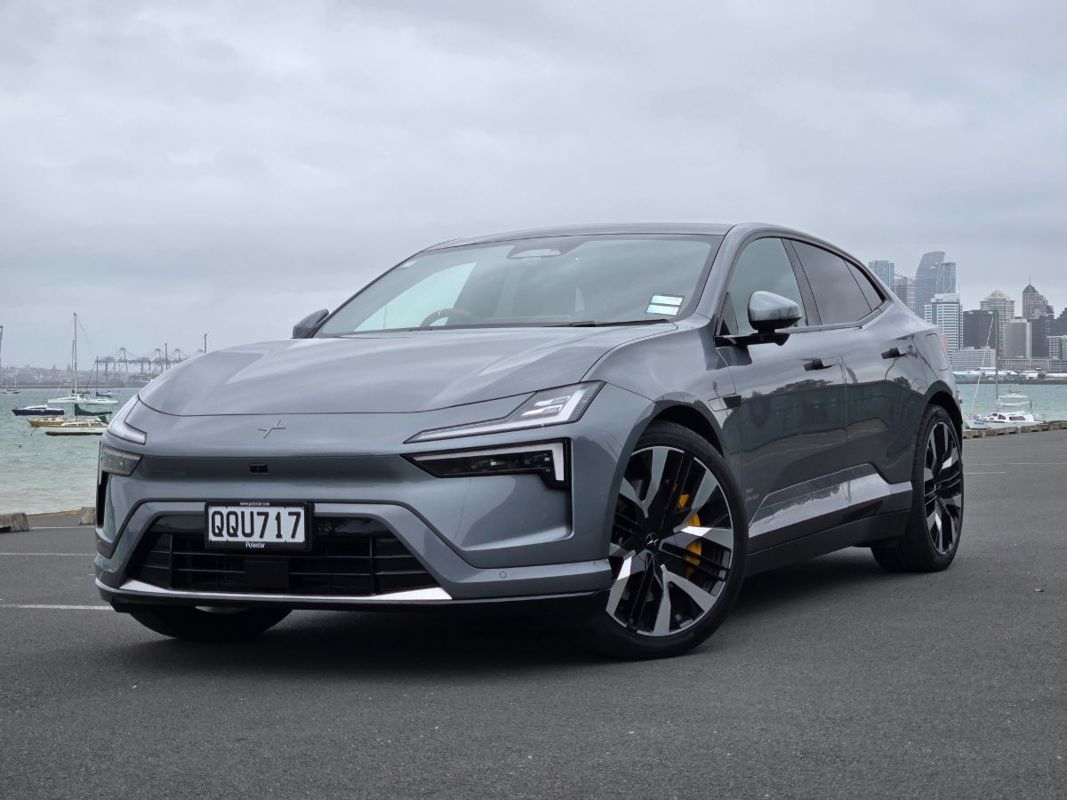
POLESTAR 4 LONG-RANGE DUAL MOTOR PERFORMANCE: Battery 100kWh lithium-ion with single electric motor Power: 400kW/686Nm Gearbox: Single-speed, AWD 0-100km/h: 3.8 seconds Range: 590km (WLTP) Price: $144,990 (non-Performance $134,990).
Add another $10k and you can have the Performance Pack, which brings monster 22-inch wheels, monster brakes and those lovely bronze bits everybody seems to like.
Such a motoring-journalist thing to say, isn’t it? Trust us, the basic one is far better. But hear us out.
And yet. Bearing in mind that in terms of look and interior specification, everything else is pretty much equal, the single-motor is simply a nicer, more engaging drive. It’s quick enough with 0-100km/h in 7.1sec, but the real appeal is how much more engaging the chassis is in the RWD model.
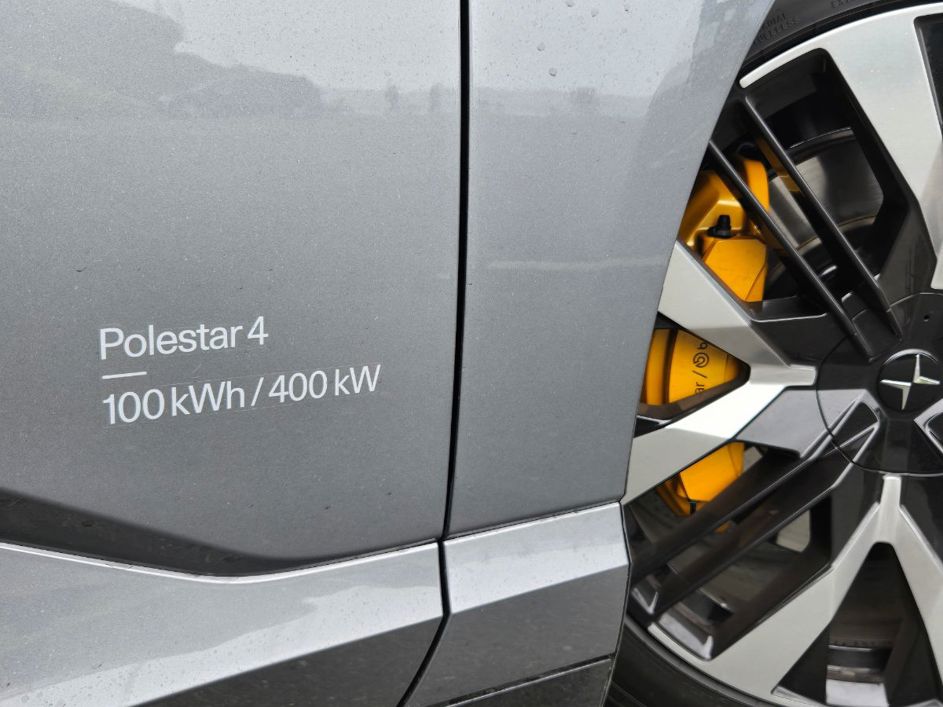
The steering is ever-light but accurate, and more controlled when it’s not dealing with an extra 200kW on the front axle. The single-motor model has passive dampers compared to adaptive for the AWD, but the softer setup actually works better on Kiwi roads and it really does feel like a RWD car, responding well to the throttle and squatting down nicely through corners.
Between the two, you wouldn’t see which way the AWD went on a winding road. But it’s not all about speed, it is?
Theoretically, the passive suspension of the RWD is equivalent to the most comfort-oriented setting of the AWD’s adaptive setup; but the compliance-gap was bigger in our test cars because the RWD had the standard 20in wheels and 255/50 tyres, while our AWD was the Performance Pack with 22in rims and 265/40 rubber.
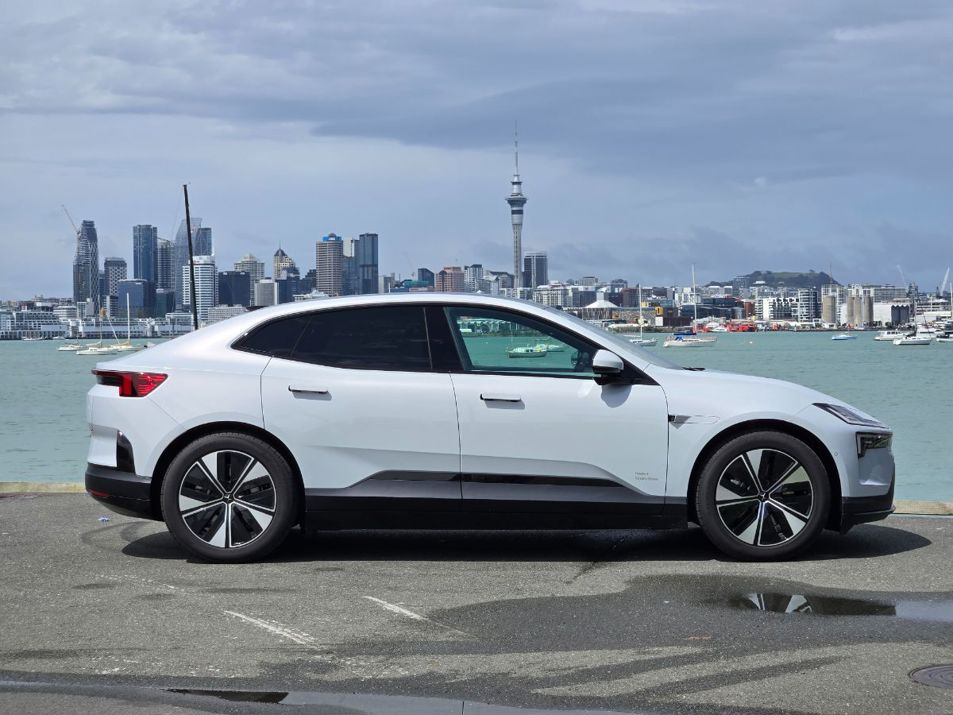
Harden up, we hear you say. True, the dual-motor’s performance is sensational and it offers a surreal level of traction in tight corners; between the two, you wouldn’t see which way the AWD went on a winding road. But it’s not all about sheer speed, it is?
Impressed how we got this far without mentioning the Polestar 4’s biggest talking point, that missing rear window?
Polestar still hasn’t quite matched its German rivals in the application of active safety technology. The steering assist is too aggressive and jerky, and the sensors seem way too nervous about vehicles beside you, moving or stationary. We had a couple of instances of the car slamming on its brakes when driving past a parked vehicle on narrow suburban roads, even though the speed was very low.
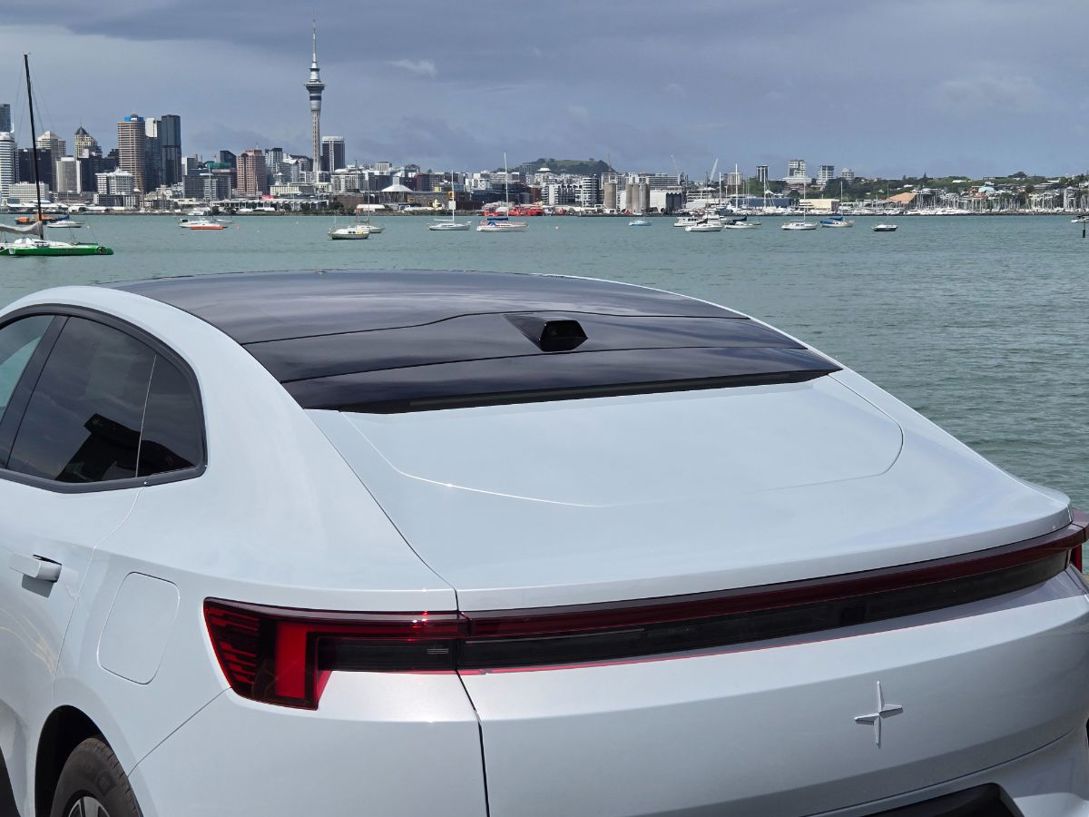
Impressed how we got this far without mentioning the Polestar 4’s biggest talking point, that missing rear window? We’ve talked about it plenty already; it allows a coupe-like profile in combination with business class-style rear accommodation and yes, those back seats (individually power-adjustable) are lovely.
We’ve been keen to spend more time with the camera-based rearvision mirror system. It takes some getting used, partly because it’s 2D and partly because the field of vision is so much wider than a conventional mirror. It’s a bit weird to look at, in other words.

Polestar argues there’s been plenty of research from maker Gentex that shows you do get used to it, but that can take anything from a few hours to a few days, depending on the person.
After two weeks in two different cars, we’re on board with that. The advantages are many, including clarity in all conditions and that wider view, and we like the fact that you retain a 3D perspective from the glass side mirrors; Polestar says there’s no aero advantage in having slim cameras there instead.
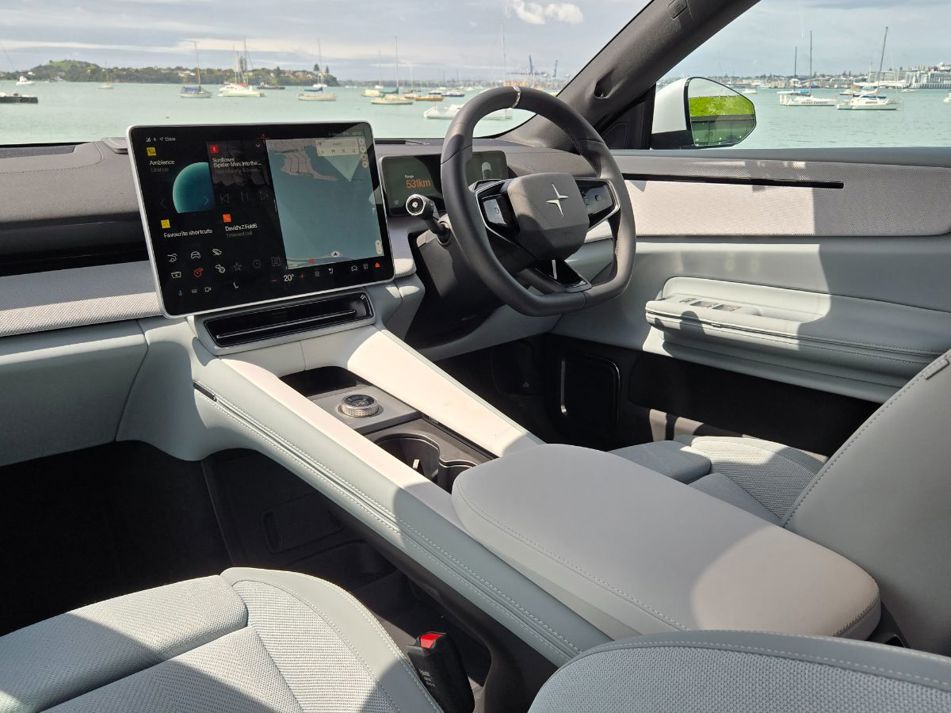
It’s not perfect; at night for example, the darkness causes an actual reflection in the camera display that looks superimposed on the video feed, which can be disconcerting.
The 4 builds on Polestar’s obsession with minimalist interior design and takes the brand’s technology concepts a step further on from the 3 (which was designed earlier and is based around a different electronic architecture).
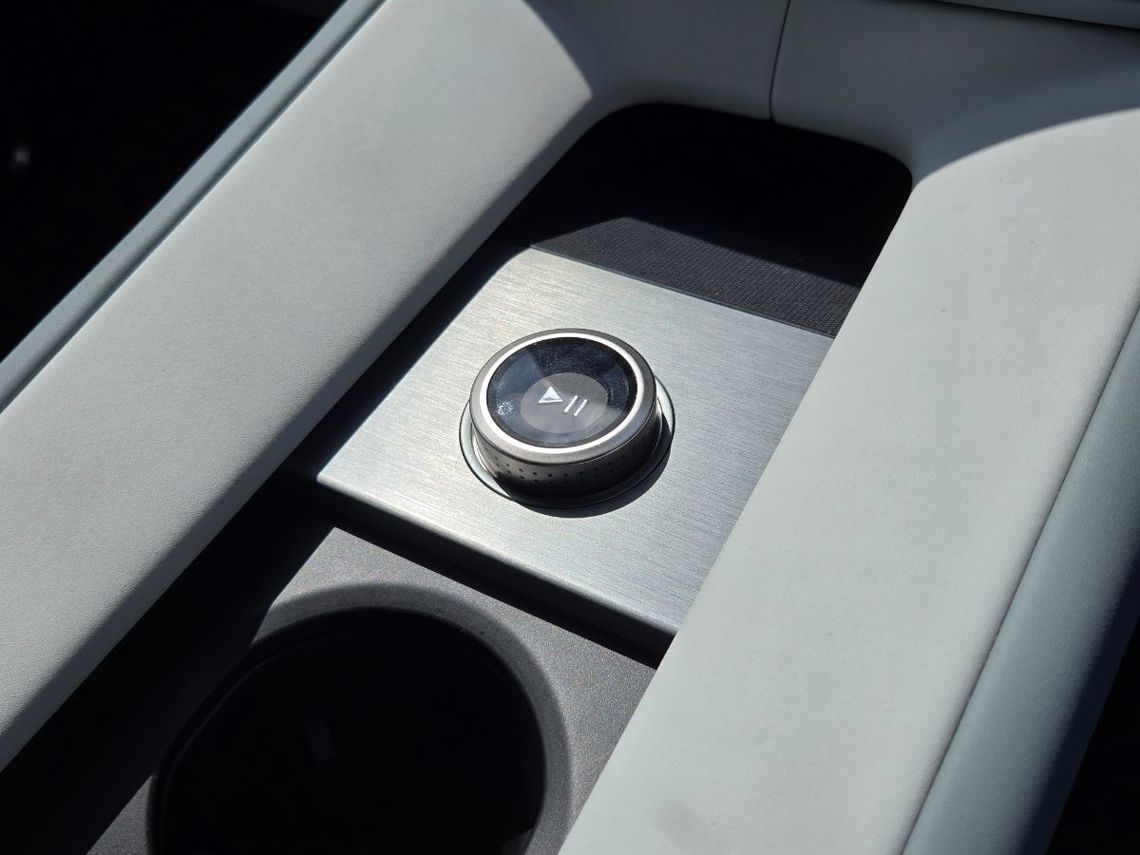
We could argue all day about the current fashion for eradicating physical controls and putting as much as possible in the infotainment screen. But whatever side of the argument you’re on, Polestar surely shows how well it can be done.
The landscape main screen is split with a moveable slider (new for 4 and different to the 3’s portrait display), which means you can mix-and-match map size however you like. A portion of the display is allocated to configurable tiles and one of those can be a bunch of shortcuts - anything from drive modes to mirror controls. All are still inside the screen, but the shortcut makes it so much easier.
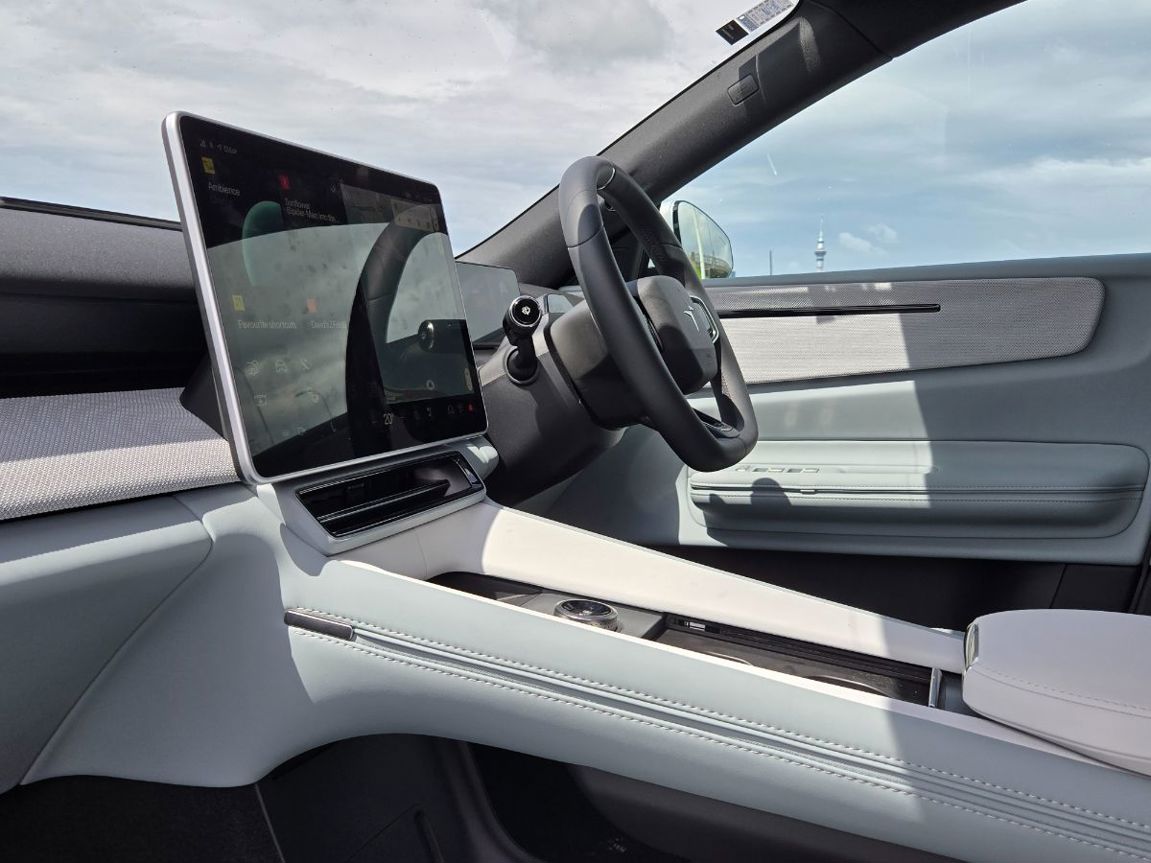
There’s a separate dock of shortcut controls for climate and the like along the bottom, a bit like an Apple Mac laptop. It all really does mean you seldom have to execute more than a single touch to get the function you want, and (more importantly) you can set the screen up to prioritise your personal most-used functions.
Once you’re inside the OS, most menus have a little animations showing what the controls do and how to use them; like having your own instructional YouTube videos on hand. Nice clear graphics and colours, too.
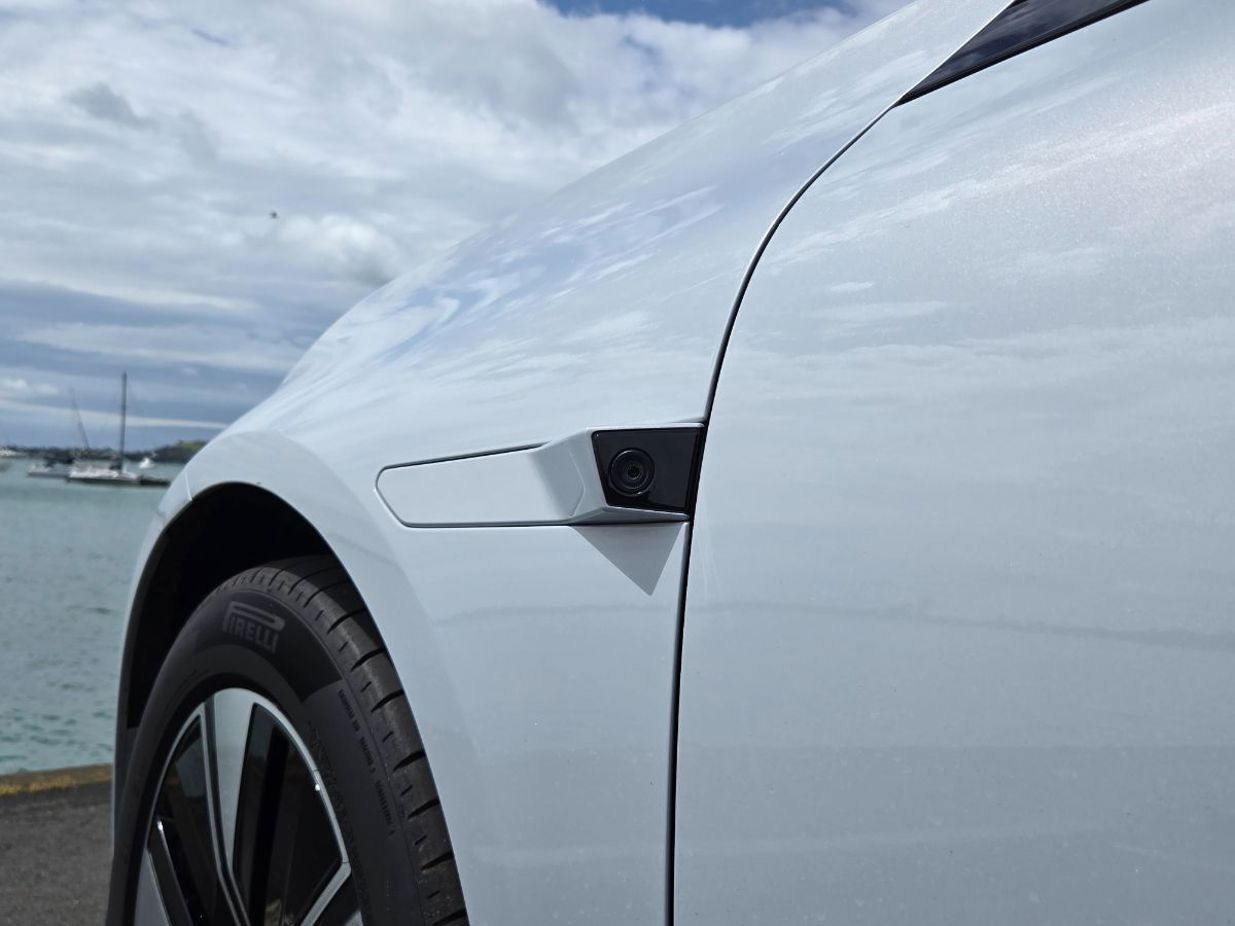
The whole car is Google-integrated, so once you’re set up and signed-in a whole new world of connectivity and convenience opens up. It’s the future.
The touch buttons on the steering wheel are a little daunting at first because a single 4-way controller can do different things, depending on what you’ve activated: one pedal driving or adaptive cruise, for example. But once you get the hang of it, the system becomes remarkably intuitive.
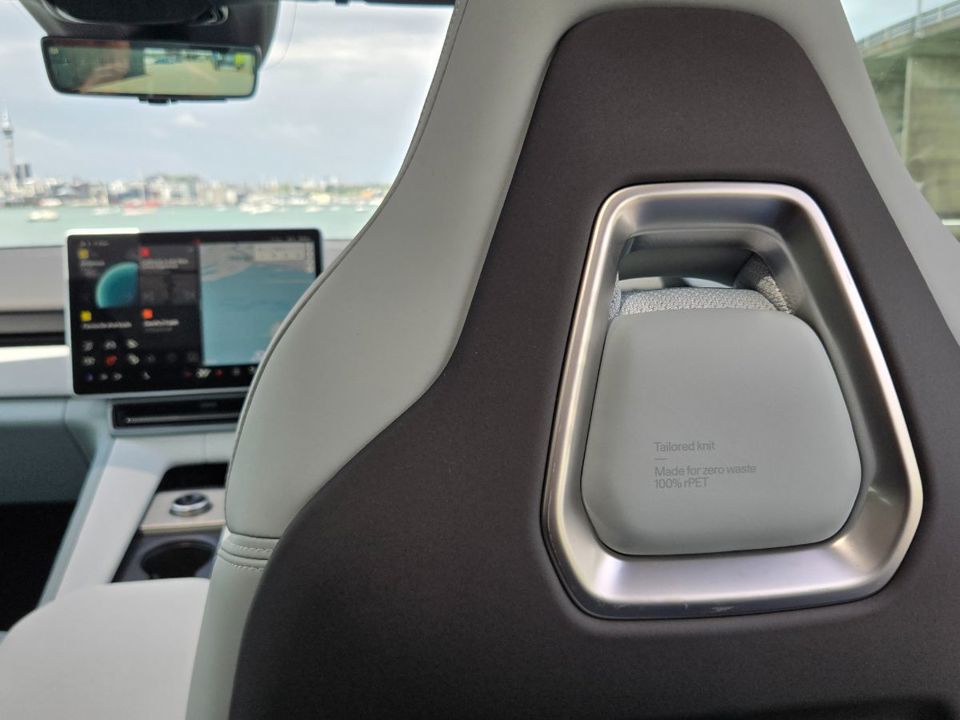
Stunning cabin design has been a Polestar thing from the start and there are various trim/colour options available regardless of which model you choose.
We’ll admit our enthusiasm for the single-motor was intensified by the test car’s stunning grey-and-white interior, with “tailored knit” upholstery made from 100% recycled PET material. Swoon.
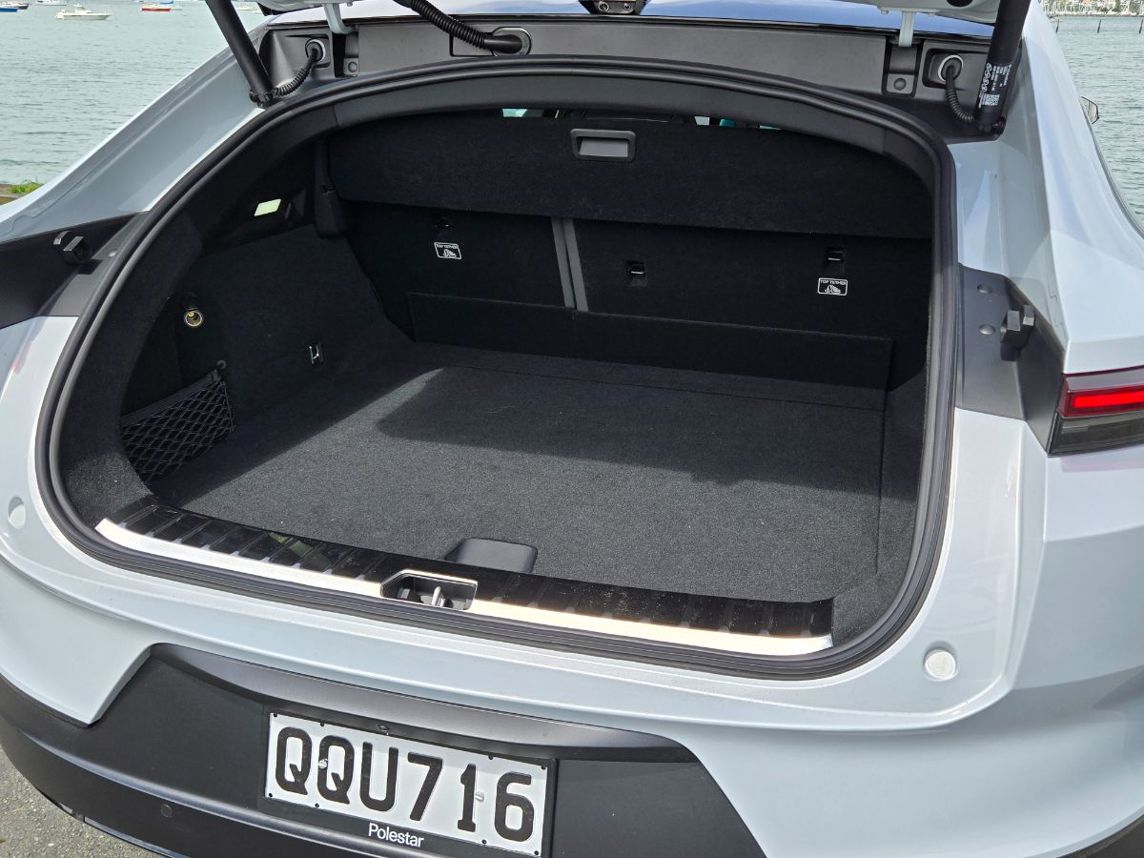
Our dual-motor Performance test car had more traditional Nappa leather upholstery, although that material is also 100% traced and animal-welfare-sourced for the car. It’s all feel-good stuff and a big part of the Polestar ethos.
The 4 has a few rough edges around driver assist technology and you get a sneaking feeling some of it is just different for the sake of it, but this is also one sublimely cool and desirable SUV-coupe-limousine thing.
What are the key statistics for the Polestar 4?
The single-motor has a 200kW/343Nm electric motor, while the dual-motor has another one exactly the same - hence the double-up at 400kW/686Nm. Both have the same 100kWh battery.
Is the Polestar 4 efficient?
Both models deliver impressive range, even when you factor in the large battery. The single-motor even cracks the 600km mark (by 20km); the dual-motor gets close with 590km.
Is the Polestar 4 good to drive?
It's not as sporty as you might be expecting, with light steering (even on its firmest setting) and body control sometimes affected by Kiwi backroads. But take that on board and the RWD is still genuinely entertaining, mostly because it really feels like a rear-drive car.
The dual-motor's talents lie in speed and traction and more speed; the performance can be quite surreal.
Is the Polestar 4 practical?
That unique rear window configuration (well, no rear window) liberates lots of rear-seat space and headroom; travelling in the back is a pretty special experience, which is a strange thing to say about an SUV-coupe.
There's no doubt some practicality has been sacrificed in the pursuit of high style, but the 526-litre boot is decent and there's more storage elsewhere: 31l underneath the floor and another 15l in the frunk.
What do we like about the Polestar 4?
It looks stunning inside and out, the cabin feels genuinely special as well as being feel-good and full of sustainable materials, you have the choice of an engaging dynamic character (single-motor) or crazy-fast speed (dual-motor).
What don’t we like about the Polestar 4?
It's hard to escape the feeling that some it is still pretty gimmicky, the driver-assists can be jerky, you'll need time to get used to the rearview camera.
What kind of person would the Polestar 4 suit?
A luxury-EV buyer who wants something that's genuinely different and design-led; somebody who's also wowed by all the overtly sustainable stuff in the car.




















